Whenever we used terms in education that are connected in some way, we tend to get a bit mixed up It doesn’t help that different experts in our field get mixed up too! I have been a part of conversations with a lot of confusion about the terms close reading and guided reading. I have heard some educators using these terms interchangeably. These two terms are both used in elementary classrooms but are very different.
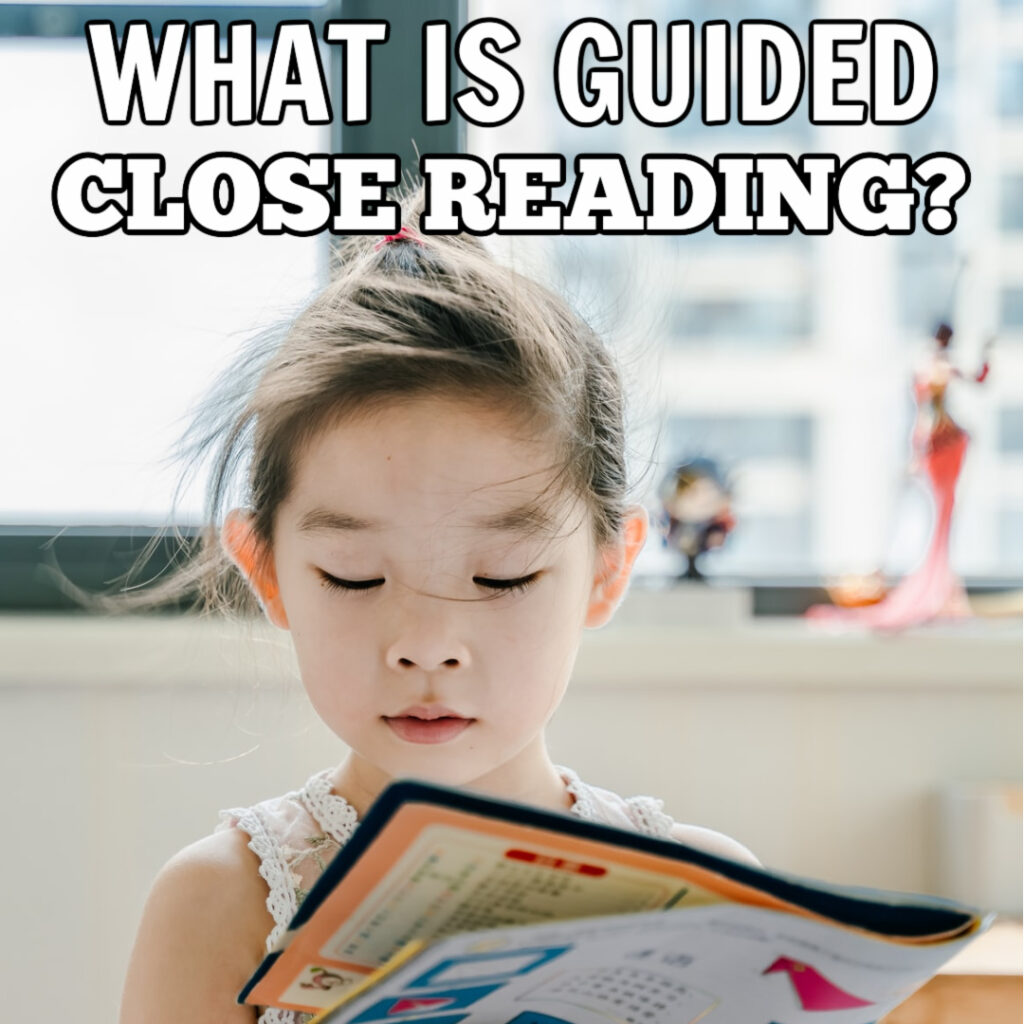
WHAT IS GUIDED READING
Let’s start with guided reading. Guided reading is an instructional technique used in the primary grades to guide students to learn specific strategies for unlocking text in a small group setting. It was perfected by Irene Fountas and Gay Su Pinnell in the 1990’s. Using leveled texts, students are taught to use the sources of information in books to problem solve and read gradually more difficult text. The teacher selects a “just right” text for a group of 4-6 students, books that offer the next, small, new challenge. The teacher models and guides students by activating prior knowledge with a book introduction and what some call a “picture walk”.
Students read and apply strategies to use meaning, language structure, and the print to read and then talk about the story with teacher support. The teacher takes a running record of different students in the group as they read to determine what strategies the children are using and what needs to be taught next. The groups of children brought together are flexible and change often as different children learn new reading strategies and grow and change because of their instruction.

WHAT IS CLOSE READING?
Close reading on the other hand, is not a teaching method at all. It is a goal for proficient readers. Close reading has been around much longer than guided reading—it originates back in the 1920’s, and was really popular in the 40’s and 50’s. It has had a recent resurgence in popularity because of the use of the Common Core or some version of that. Close reading focuses on gleaning meaning from the text itself—what the author is trying to say. When teaching children how to do close reading, the teacher often does this is small groups, hence the confusion between guided reading (also done in small groups) and teaching for close reading.
Close reading is not taught until students have basic reading strategies under control, that is they know how to read the words of a text and have basic understanding of the meaning. To facilitate a close reading, the teacher does just enough pre-reading discussion to get students ready to understand the text. Students dive in, reading the text in chunks. The text isn’t selected based on level of difficulty of words, but rather on the complexity of the ideas to explore. As the teacher, you don’t have the students read an entire book or article closely—you select smaller portions that you want to dig into more deeply. After reading, students discuss the text, asking and answering text dependent questions that require the reader to revisit the text. Students reread the text several times, digging deeper into the complexity of the message each time.
HOW ABOUT GUIDED CLOSE READING?
So…what should you be doing with your students: guided or close reading? The answer is both! I very much like the idea of guided close reading.
Each time you meet with a small group, you need to have made decisions about your purpose for bringing the students together. Why have you formed this group? Am I guiding readers to learn how to read the text or am I facilitating guided close reading when students need to read to learn to deeply comprehend texts? In first grade, you will be doing mostly guided reading. You will be teaching children how to read. Towards the end of first grade and on into second you will see a gradual shift in the kind of teaching that is occurring toward deeper comprehension of the text. In both cases, the teaching will be done in a small group setting so someone coming into your classroom will see something similar but when dropping in on the teaching, what is actually happening within the group will be quite different. Close reading and guided reading can exist in the same instructional environment. I prefer to think of them as small group instruction being offered for different purposes, but when we integrate what we know about both teaching approaches, this is what I like to cal: guided close reading.
When we see both close reading and guided reading as encouraging readers to make meaning by deconstructing a text, we’re open to seeing the similarities in these practices. In both practices, we ask readers to consider what an author is saying and/or might be saying. We consider how an author has made choices in writing this text. We consider what they, the readers, think about the ideas within this text. When looking at it this way, close reading and guided reading have a common goal: creating the fullest comprehending experience possible. After all, the outcome of all reading is meaning making!
HOW TO PURCHASE THE CLOSE READING BROCHURES?
My close reading brochures are the PERFECT resource to conduct guided close reading groups. You can find them in my TPT store and my website. Click below to purchase!
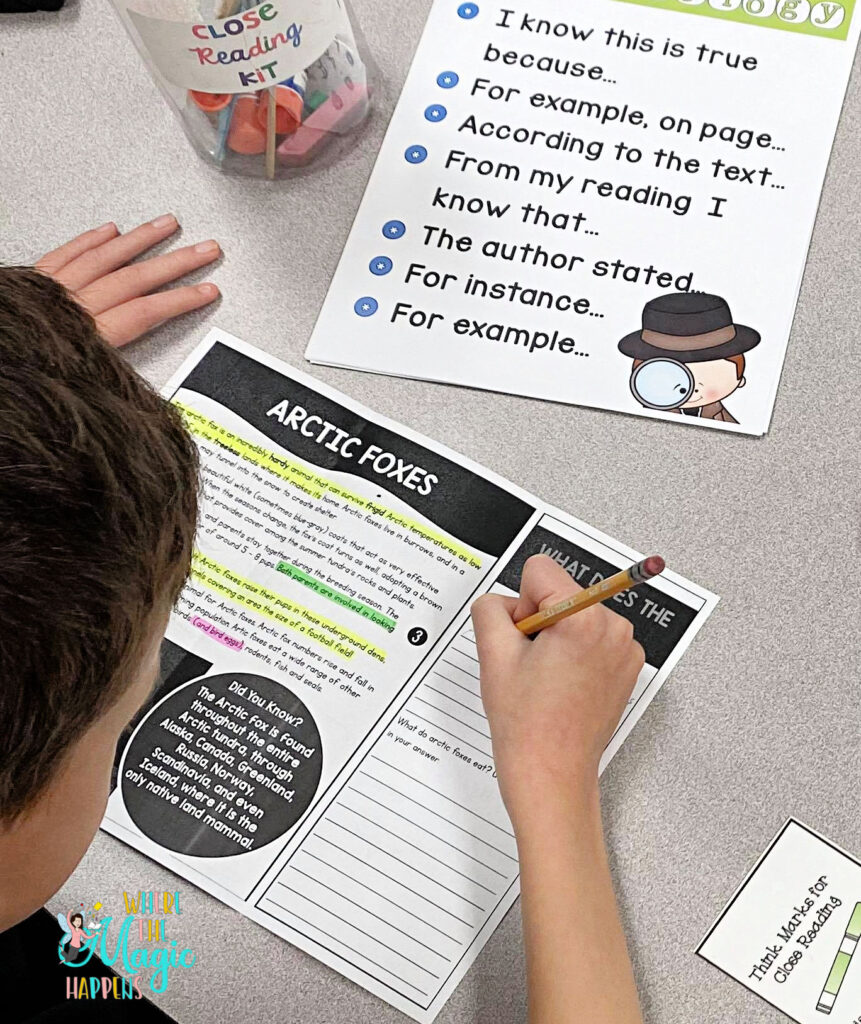
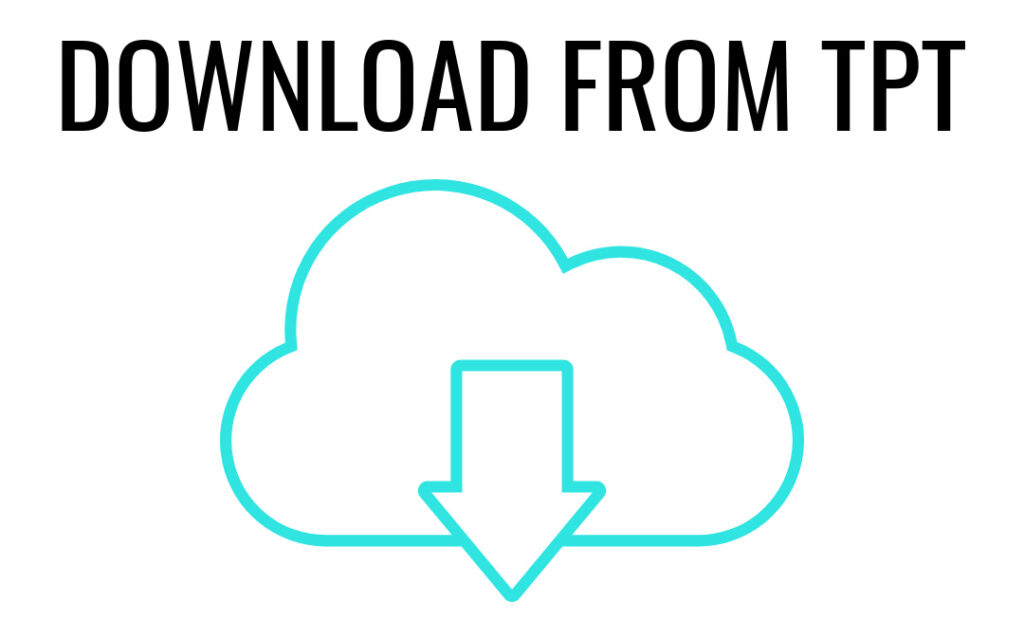
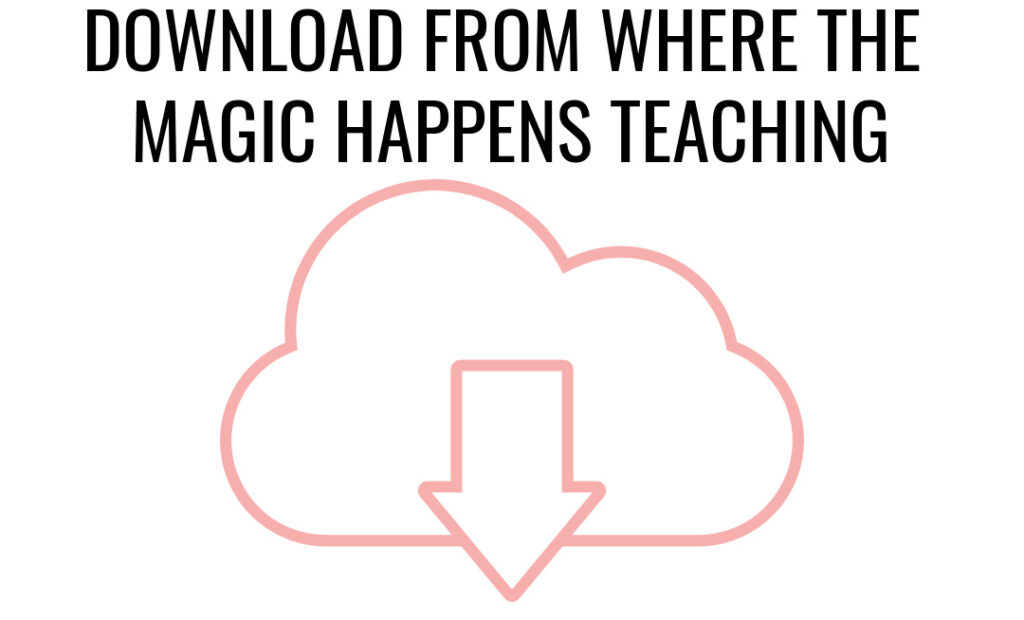
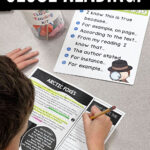


Leave a Reply